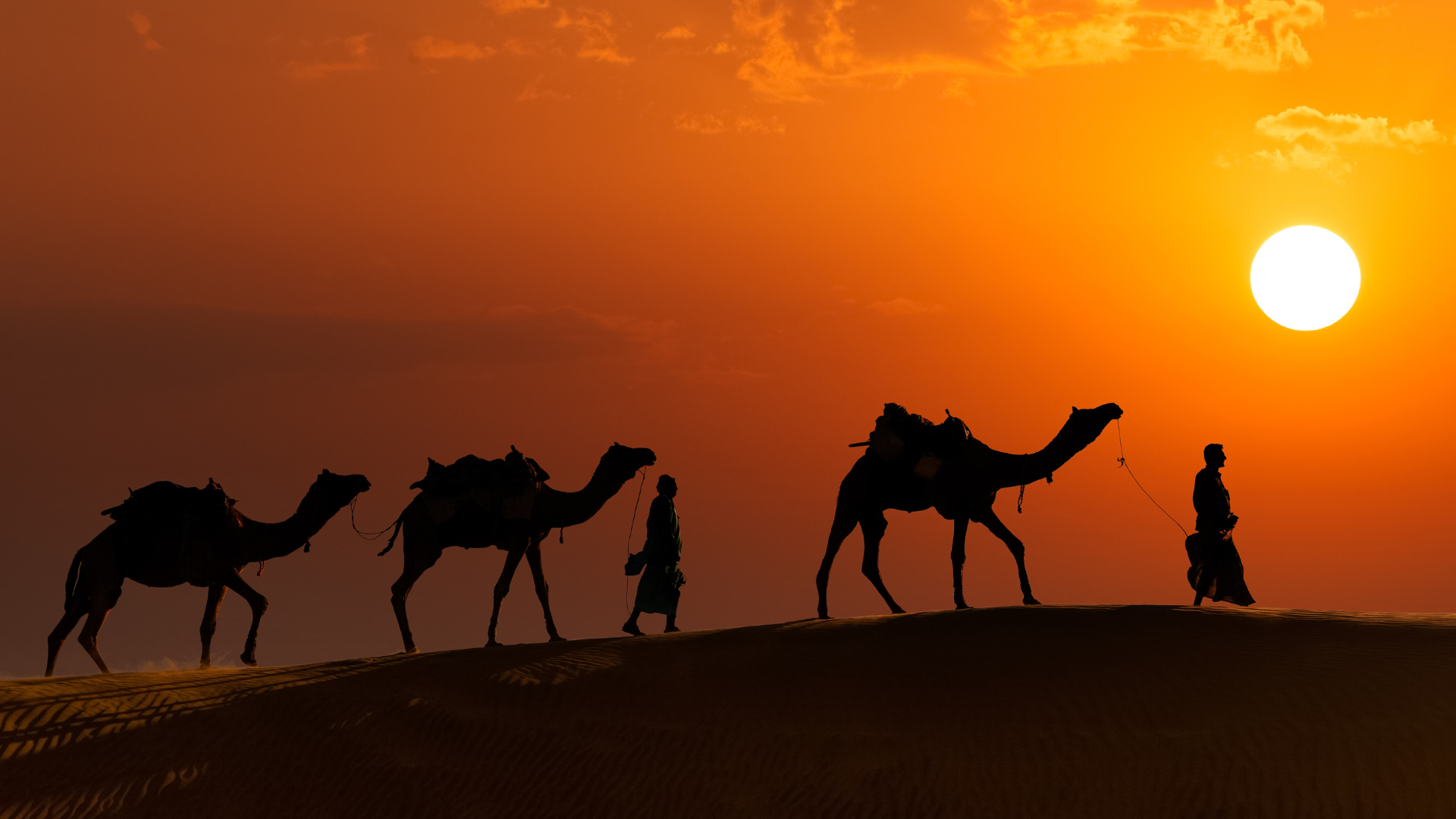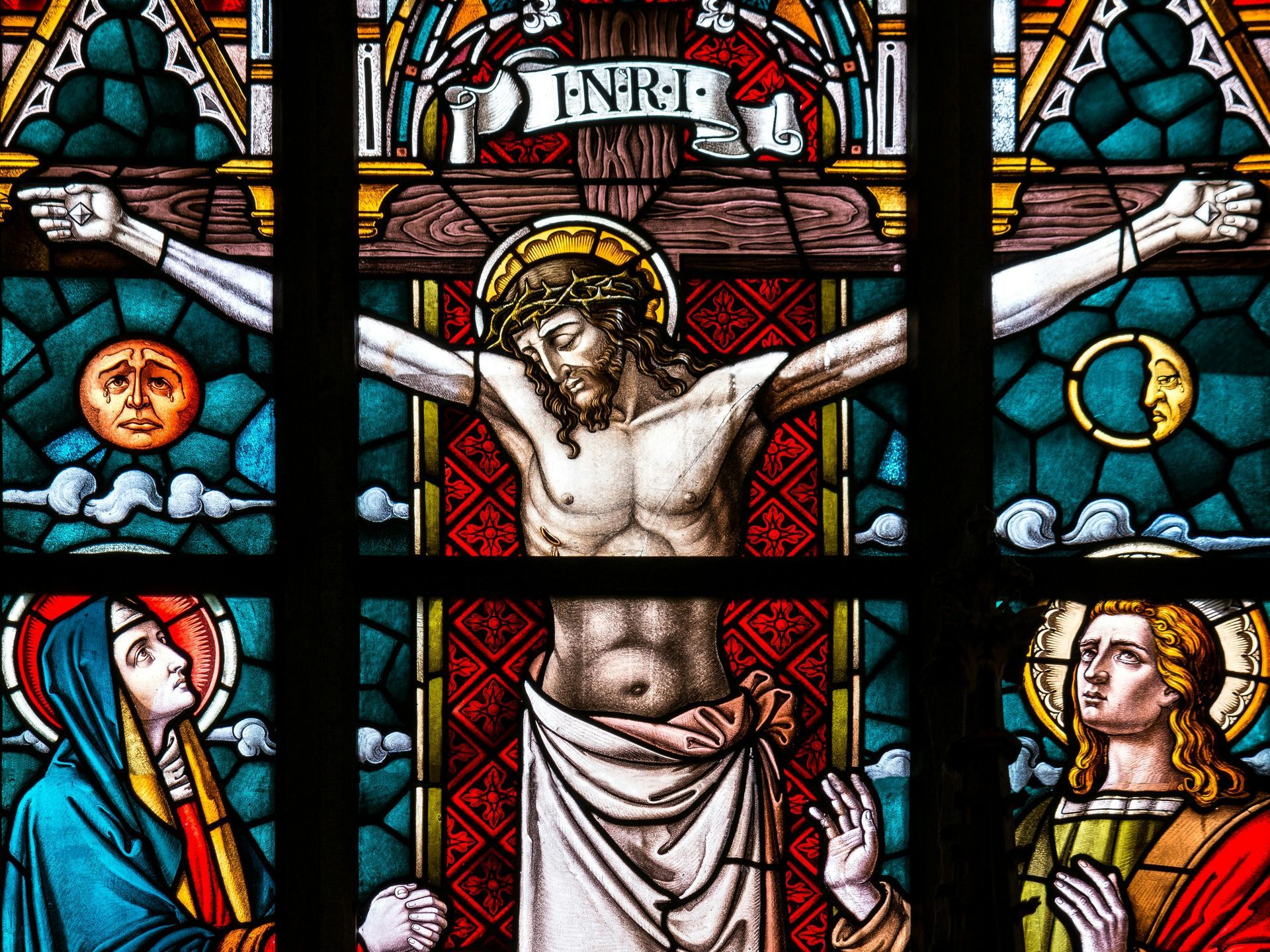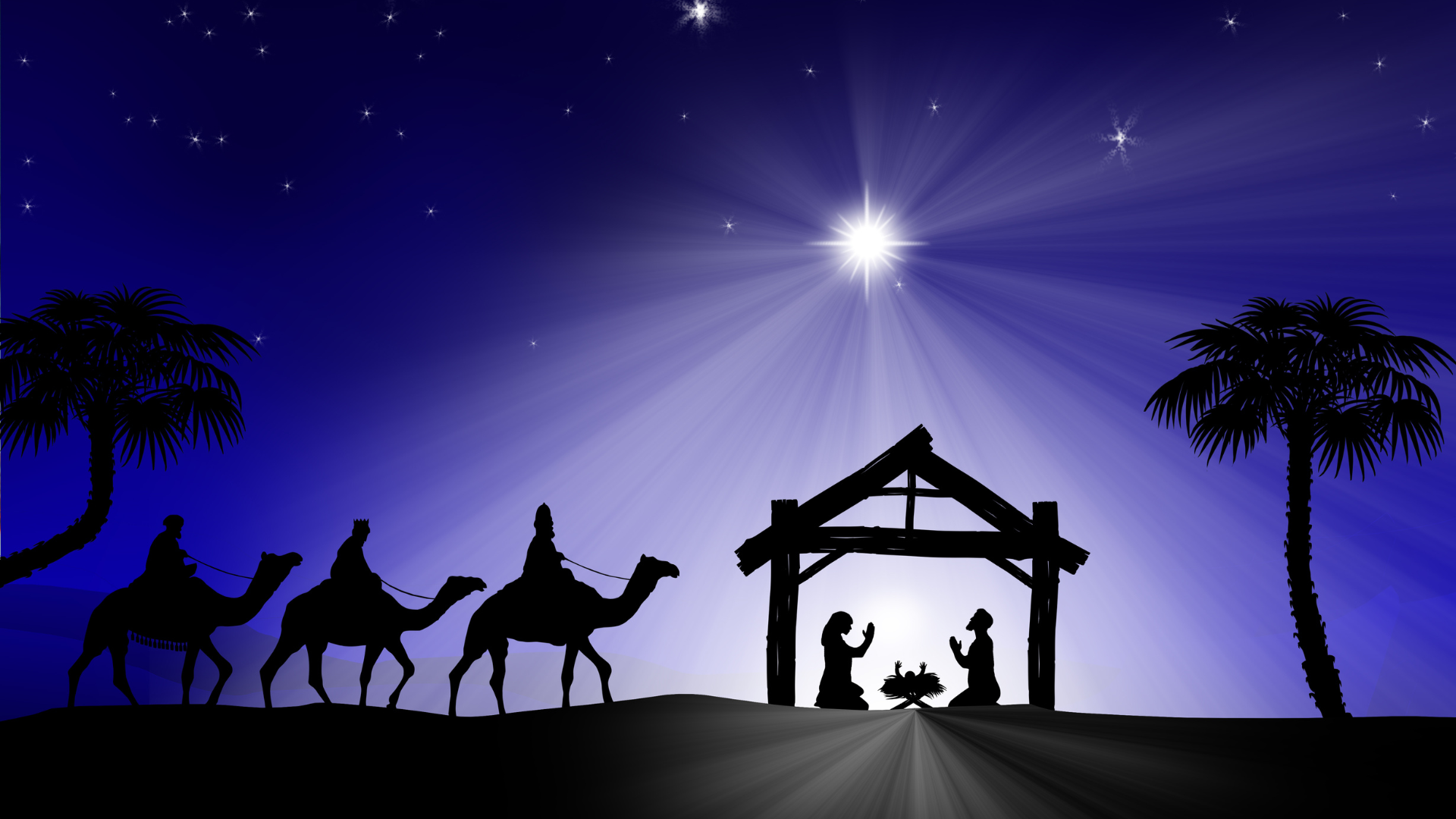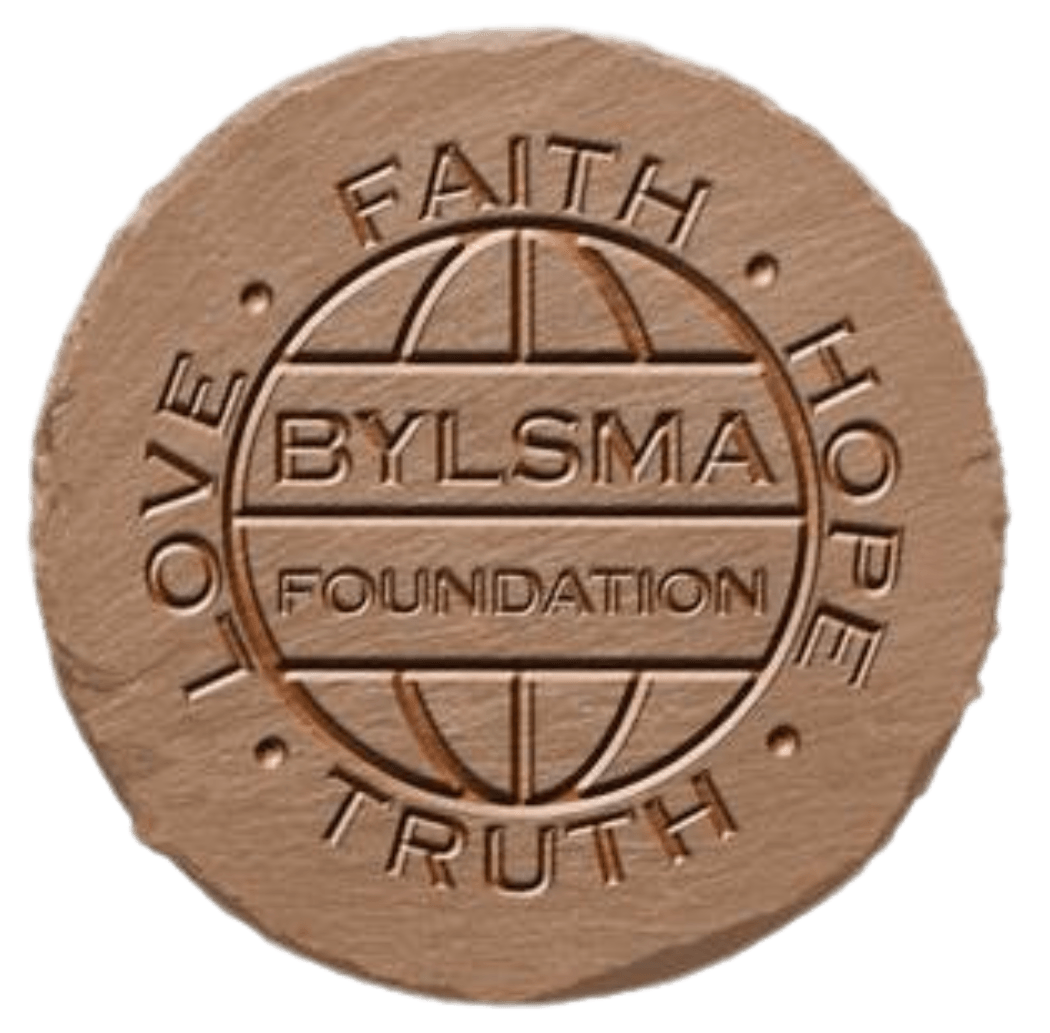Bylsma’s Bible Blogs
#4 Important Information Missing From The Bible

The amount of detail that the Bible includes ranges from a great deal to very little. Since the Bible is a collection of 66 different books that were written over a 2,000-year period, there are major differences among the authors. Some wrote poetry, others recorded historical facts; some wrote letters that both encouraged admonished others, and some wrote letters to explain or clarify the meanings of the scriptures and events from the past.
But some important historical facts were not written about at all. There is nothing included in the Bible that covers the 400 years between the last book in the Old Testament (Malachi wrote his prophecies in 420 BC) and the events related to the birth of John the Baptist and Jesus. Historical records that discussed events during that time were not included in the Bible. As a result, when a person moves from reading the Old Testament to the New Testament, there is no explanation about the political and religious events and society that must be understood in order to make sense of the stories in the New Testament. The authors of the New Testament books didn’t realize their works would be read for thousands of years, so they did not think about including basic facts about their recent history. They focused on important events during their lifetime and assumed everybody already understood the current context—there was no need to write about such things.
400 Years of Missing History
- Many important events took place in that part of the world at that time, and major political changes continued to influence the Jews, wherever they lived.
- Over a 10-year period (336–326 BC) the Greeks, led by Alexander the Great, conquered Asia Minor and then the Egyptians, Assyrians, Babylonians, and Persians to create an empire reaching all the way to India. The Greeks brought new ways of thinking about the world through their religious and political philosophies. They also influenced the architecture and arts throughout the empire, and the Greek language became widely spoken and written (Hebrew and Aramaic were also used by the Jews). Jewish communities enjoyed relative peace during Alexander’s reign.
- When Alexander died in 323 BC, he was replaced by two of his generals, who created their own dynasties. The followers of one general banned Judaism in Palestine, and a few devout Jews started a rebellion against the rulers who had required Jews to make pagan sacrifices. This Maccabean revolt spread throughout Palestine, and after 25 years of fighting, the Greeks were expelled in 142 The Romans later conquered Palestine and took control of Jerusalem in 63 BC. They had no tolerance for rebellion and ruthlessly executed many priests and Jewish leaders. In 37 BC Herod the Great got Rome to declare him the king of the Jews and started constructing many buildings, including a larger Temple in Jerusalem. When he died in 4 BC, Rome put other leaders in his place.
Because of the immigration of non-Jews into Palestine and the emigration of Jews out of Palestine, most of the people living in Palestine 2,000 years ago were not Jews, and most Jews were living elsewhere. Of the estimated four million Jews in the Roman Empire, only about 700,000 lived in Palestine. There were more Jews living in Alexandria, Egypt, than in Jerusalem and more living in Syria than in Palestine. Although the Romans established a good infrastructure of roads throughout the empire, the transportation system in Palestine was not well developed. People usually walked from place to place or traveled by donkey or mule. Some inns existed along the roads, but they were generally dirty, so better-off travelers relied on their network of friends and family for housing as they traveled.
During those four centuries, many Jews continued living outside of Palestine, mainly in Babylonia and Egypt, and their communities became quite large. To maintain their faith in God, these communities set up places of worship (synagogues) that were led by a religious scholar (rabbi) who read and explained the books (Tanakh) written about God’s covenant with the Israelites. [Tanakh is an acronym of the Hebrew initials of each of the three traditional divisions: Torah (“Teaching,” also known as the five books of Moses), Nevi'im (“Prophets”), and Ketuvim (“Writings”).]
During the 400-year period, Greek (Hellenistic) ways of thinking became attractive to many of the Jews, and differences emerged among the Jews about how they should interact with the Hellenistic world while preserving their faith.
- The Pharisees were a small but influential group who focused on strict obedience to God’s commands. They also wanted to be separate from the world rather than “mingle” with nonbelievers. They stressed maintaining personal piety and held a legalistic view of right and wrong. Independence from foreign influence was very important to the Pharisees, and they followed additional rules (the Talmud) that were made to ensure Jews did not come close to breaking any of God’s essential commands. They were proud and expressed their religious beliefs to others in very visible ways.
- The Sadducees were another small but influential group, but they focused on morality and rejected the notion of supernatural powers. They were more accepting of foreign influences, especially the ideas of the Greeks and the principles of ethical philosophy. The Sadducees were typically wealthy and well-educated, and they did not accept the additional rules followed by the Pharisees.
- The Essenes focused on self-control and withdrawing from the world. This small group of mystics retreated to remote parts of the region, mainly into the desert west of the Salt (Dead) Sea.
- Zealots wanted to use physical force to ensure no foreign power controlled the lives of God’s people. They were willing to die for their cause.
- There were other subgroups of people within Palestine who were distinct. Some were labeled based on where they lived.
- The Samaritans and Galileans were viewed with contempt because they had often intermarried with non-Jews or were not Jewish at all. (Galilee was the northern part of Palestine, Samaria was the central part, and Judea was the southern part that was previously known as Judah.) Galileans were also known for being rebellious against foreign authority.
- Some groups were distinct based on their profession, such as the scribes, who wrote important documents (often religious in nature) and were experts in the Law, and members of the Sanhedrin, a large and diverse group of leaders who watched over the religious life of the Jews and had the power to punish Jews. Some were known for their allegiance: Herodians were Jews who followed Roman traditions and beliefs, Hellenists were Jews who followed Greek traditions and beliefs, and Nazarites still existed (those taking a vow to dedicate themselves to God).
Many of the prophets had written about a Servant-King who would come and bring the nation back to glory. The Jews wondered when God would send the person and why it was taking so long. Events in the region were certainly ripe to have the Jews think that somebody would deliver them from the grip of powerful nations. Roman oppression reminded them of when their ancestors had been oppressed in Egypt and when they were conquered by the Assyrians and Babylonians. It had been 400 years since they last heard from a prophet about somebody who would suddenly appear. They were watching closely for the coming Messiah (Christ in Greek), the Anointed One who would come and save them as Rome crushed Jewish rebel leaders and executed them slowly by nailing them alive to crosses that dotted the region.
Bylsma’s Bible Blogs











